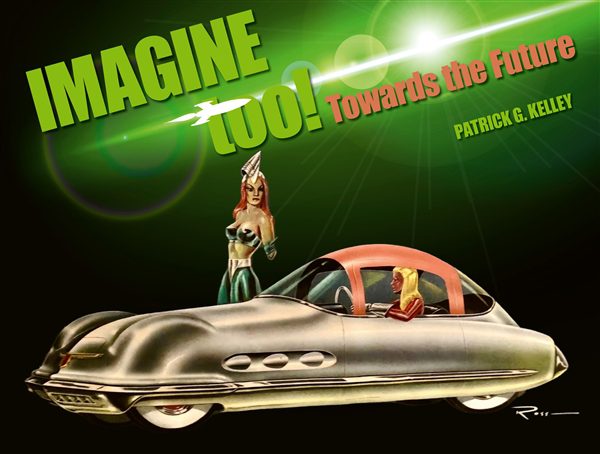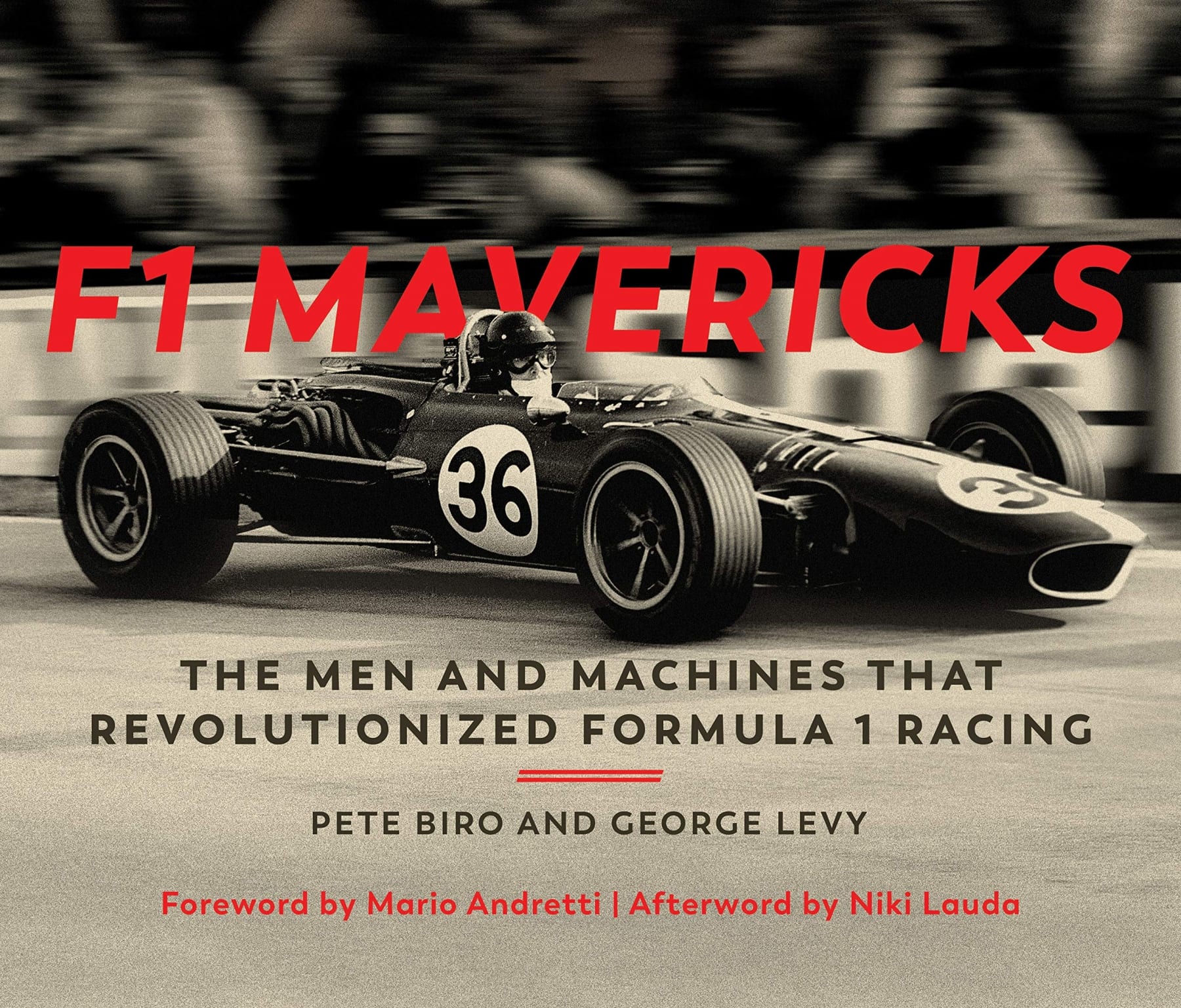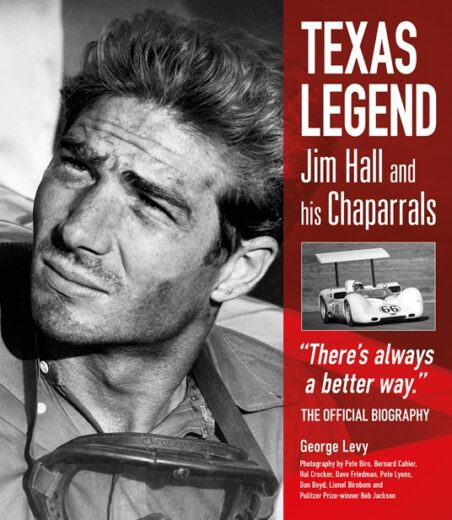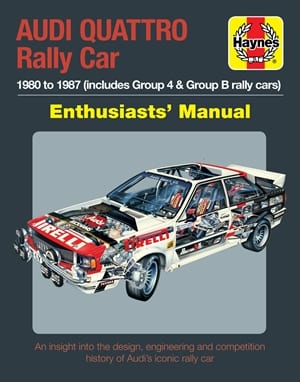Description
A companion book to Patrick Kelley’s earlier IMAGINE!, which featured the drawings of a wide range of concept cars from the 1930s onwards, IMAGINE too! showcases a new crop of images, and artists, along with some familiar favorites. These incredible designs have been untouched and unseen since they were drawn and include a look into the future with for example ideas for flying vehicles. Represented here is an important part of America. It is about American style and commerce that continues today with innovative automobile designs intended to drive sales and brand loyalty. The images published are absolute survivors. Up to 90% or more of all the drawings made never saw the light of day or literally never left the drawing board. These young designers never stopped dreaming…or Imagining.
Over 600 never-before-seen automobile concept images
Over 130 automobile artists represented
Flying cars – factory concepts that never ended up in showrooms
Follow-up book to “IMAGINE!”
Including concepts that are being designed for tomorrow
Featuring a collection of automobile concept toys, models and concept prototype sculptures
Foreword by GM’s Ed Welburn
Page Size 290mm x 219mm
456 pages, with four fold-outs
Hard cover
Author Biography
After a lifetime of fascination with all things automobile, Patrick Kelley shares his passion for cars and art. Born in Merced, California, and raised in Fresno, Patrick developed a deep love of the automobile in all its various forms. From racing to custom cars, from Sears Point to Laguna Seca, LeMans and Daytona Beach for the racing, and to the Pebble Beach and Quail Concours, Patrick has always loved cars and racing. About 15 years ago, he stumbled onto what would soon be a new passion, the collection of original automobile concept art by many of the finest designers and stylists working in and around Detroit. These were drawing and paintings of what future automobiles might look like. Patrick felt that the story of this futuristic work that came out of art schools across America and ultimately the ‘Big Three’ automobile companies had to be told.




